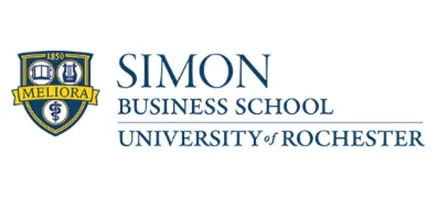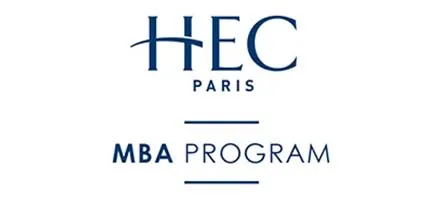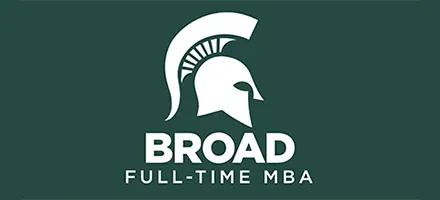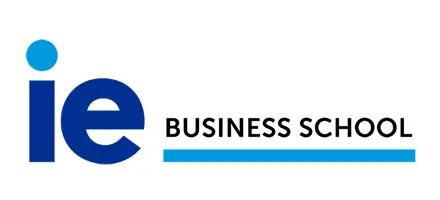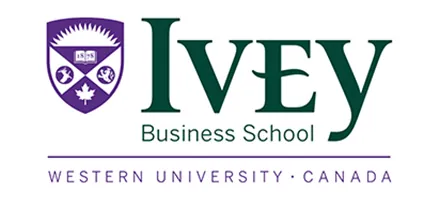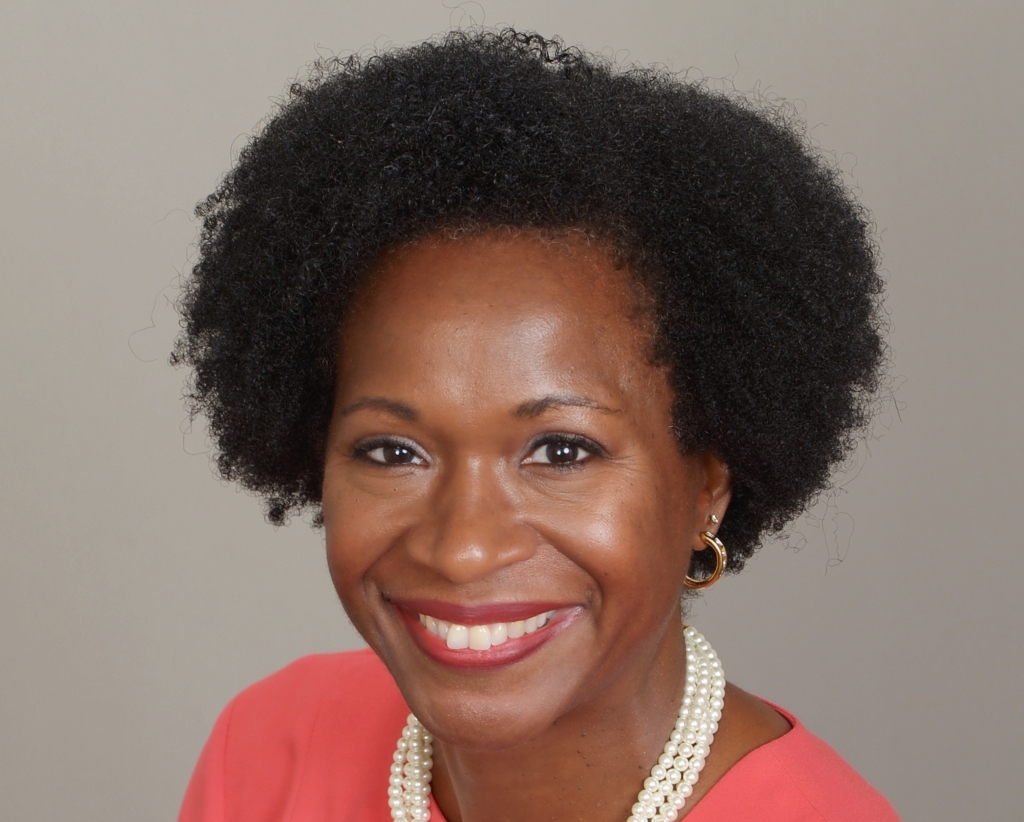
Joy Jones, CEO of the Graduate Management Admission Council, says the rollout of the new GMAT has been smooth
With little more than two weeks left for candidates to take the traditional GMAT exam, the Graduate Management Admission Council (GMAC) is seeing an uptick in test taking.
The last time the traditional test can be taken is Jan. 31. After that date, candidates will have to sit for the new and shorter Focus Edition of the GMAT. “As is true of every product that is going to be retired, we definitely are seeing an uptick in people taking the previous edition of the GMAT exam before it sunsets this month,” says Joy Jones, the CEO of GMAC. “Some students are taking both versions to see which one they perform better on. “
The new GMAT exam, along with a dramatically different scoring scale, was introduced on Nov. 7. The updated test represents the single biggest change to the GMAT since the test was moved from paper to computer in June of 1997. The revamped test, called the GMAT Focus Edition, can be taken in two hours and and 25 minutes, without breaks, a significant reduction from the traditional GMAT which was three hours and seven minutes long. To shorten the time to take the test, GMAC tossed out a 30-minute-long analytical writing assessment and reduced the time it takes on quantitative reasoning, verbal reasoning, and integrated reasoning to 45 minutes each.
THE ROLLOUT OF THE NEW GMAT EXAM ‘IS GOIND WELL AND PRETTY MUCH AS PLANNED’
With more than two months of results in the bag, Jones says the rollout of the new exam has been remarkably smooth given the extent of changes in the test.
“It’s going well and pretty much as we planned and expected it to go,” says Jones in a wide-ranging interview with Poets&Quants. “It is not a small undertaking to change something that has been n the market very long. The exam has had its history of iterations but this one is quite significant, with the change in the scoring scale.”
The early response to the new exam, she adds, has been very positive. “We have gotten feedback from candidates who say they felt very prepared for the test,” explains Jones. “It was neither easier nor harder than their expectations.”
THE NEW GMAT REMAINS ‘A RIGOROUS TEST’
The same is true, she adds, of the early assessments from business school admission officials. “So far feedback from schools that have engaged with us is very positive. We certainly believe the input they gave us that led to test changes on reasoning skills and data readiness was right. We hit it right on the head. The content fits the purpose of the exam. At the same time, we also maintained the rigor of the test. It is a rigorous test. It remains so.”
The early results have gone so well that Jones says GMAC has not had to make any tweaks in the new test. “Fortunately, we got it right out of the gate. As you collect more data on the test takers and the use of the instrument in the field, the more we’ll continue to make sure we have the right information reflected on percentile performance in our scoring tables.”
Not surprisingly, what has generated the most discussion is the change in the scoring on the Focus Edition. A score of 750 on the traditional GMAT could on the new test equal anything from a 695, representing the 97.9th percentile, or a 715, representing a 98.6 percentile score.
THE NEW SCORING WILL BE ‘A MENTAL ADJUSTMENT’
“The focus has been on the scores,” acknowledges Jones. “There is a mental adjustment. With any kind of change, there is a little bit of acclimation. We give schools the right tools and we have high engagement and frequent conversations with them to help them understand the score change.”
The changes in the scoring occurred as a result of feedback from admission officials who wanted a more detailed way to differentiate candidates who submitted GMAT test scores.
“There was compression at the top of our score scales,” says Jones. “In this case, the scores have evolved and that is probably something we have seen accumulate over time. We wanted to address this as the test population shifted. Now the score scale allows for finer differentiation. Schools had been looking for some relief in the scale. On the one hand there is a lot to learn. On the other hand, it better fits their needs as they have expressed them.”
SOME SCHOOLS REPORTING INCREASES IN DOMESTIC APPLICATION
Jones, who recently presided over a leadership conference with admission officials says the current market for graduate management education remains solid with many schools reporting that the declines in applications they experienced last year have been halted or slightly reversed.
“There is a general sentiment of cautious optimism.,” she says. “There is some stabilization happening in the market. Programs that offer more flexibility are benefiting by seeing more applications than in-person, structured formats. That being said, schools are seeing a little bit of strengthening in their domestic applications across their formats.”
“I am positive based on the fact that schools are developing portfolios that have richer choices for people to consider graduate management education. There are good and strong choices in the mix of schools and across geographies. Schools are doing a better job of expressing what the differentiation is and communicating that out to prospective candidates.”
DOING MATH PUZZLES AND GEEKY THINGS
Jones, who became CEO of GMAC in October of 2022, had led the development of the new text as the organization’s chief product officer and general manager of GMAC’s assessment line of business.
Some 16 months into the top leadership job, Jones says she is greatly enjoying her new role. “I am indeed having fun,” she says. “As with any job, at least 50% of it is exactly what I expected. And then there are always the surprises in terms of the things that come your way. There is so much going on in our space. I am enjoying it. It is a learning and growth experience but I am feeling bullish on the engagement we’ve gotten across our schools and certainly with our board and staff. For that, I’m feeling good.
“It’s a very dynamic market,” adds Jones. “A lot of change is happening. I am a problem solver. I like doing math puzzles and all those geeky things. It’s fun to really dive in and think about where can we best have impact.”
DON’T MISS: MEET GMAC’S NEW CEO: JOY JONES’ BIG GET ON A NEW GMAT or WHY A 750 GMAT WILL FALL TO JUST 695 ON THE NEW GMAT


